
This is a series showcasing Toyota's research in non-automotive fields. For this installment, we spent some time on the turf.
Righting a vicious cycle
The farming sector is grappling with complex problems, including labor shortages, rising materials prices, and climate change. So, what is Toyota’s purpose in pursuing turf development?
Matsui
Grass is cheap, making it difficult for both producers and those involved in distribution and sales to earn reasonable profits. By developing turf with high added value, we hoped to ensure that these people receive their fair share of profits, helping make lawn production more sustainable.
“The average age of lawn producers is over 70,” Akinori Nakamoto of the Tottori Lawn Product Association, which is involved in TM9 production. “The main reason is that conventional lawns are not profitable on their own, so no one is following in their footsteps.”
Akinori Nakamoto, President, Tottori Lawn Product Association
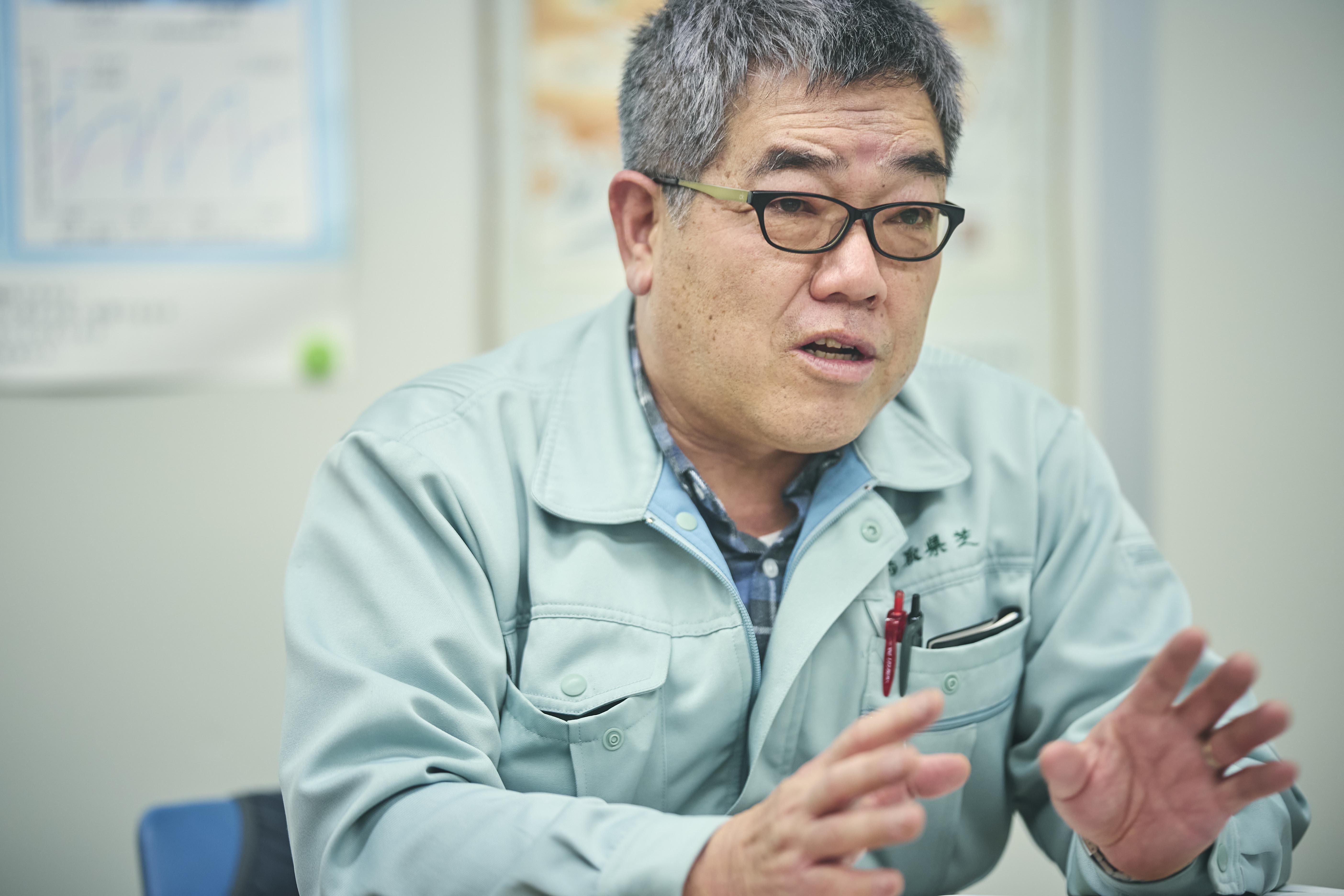
We’ve tried growing varieties developed by companies other than Toyota, but some proved difficult from a business perspective. Although we still have many problems and few young producers, TM9 spurred us to think about sustainability.
Demand for grass is gradually declining. At the same time, since turf quality only becomes apparent in use, winning new clients tends to mean out-competing on price.
Developing a new type of grass was crucial for breaking this vicious cycle.
When Koji Ishikawa of the Tottori Lawn Product Association was approached by Toyota about production, he could hardly believe his ears—what was Toyota doing with turf?!
Koji Ishikawa, Sales Manager, Tottori Lawn Product Association
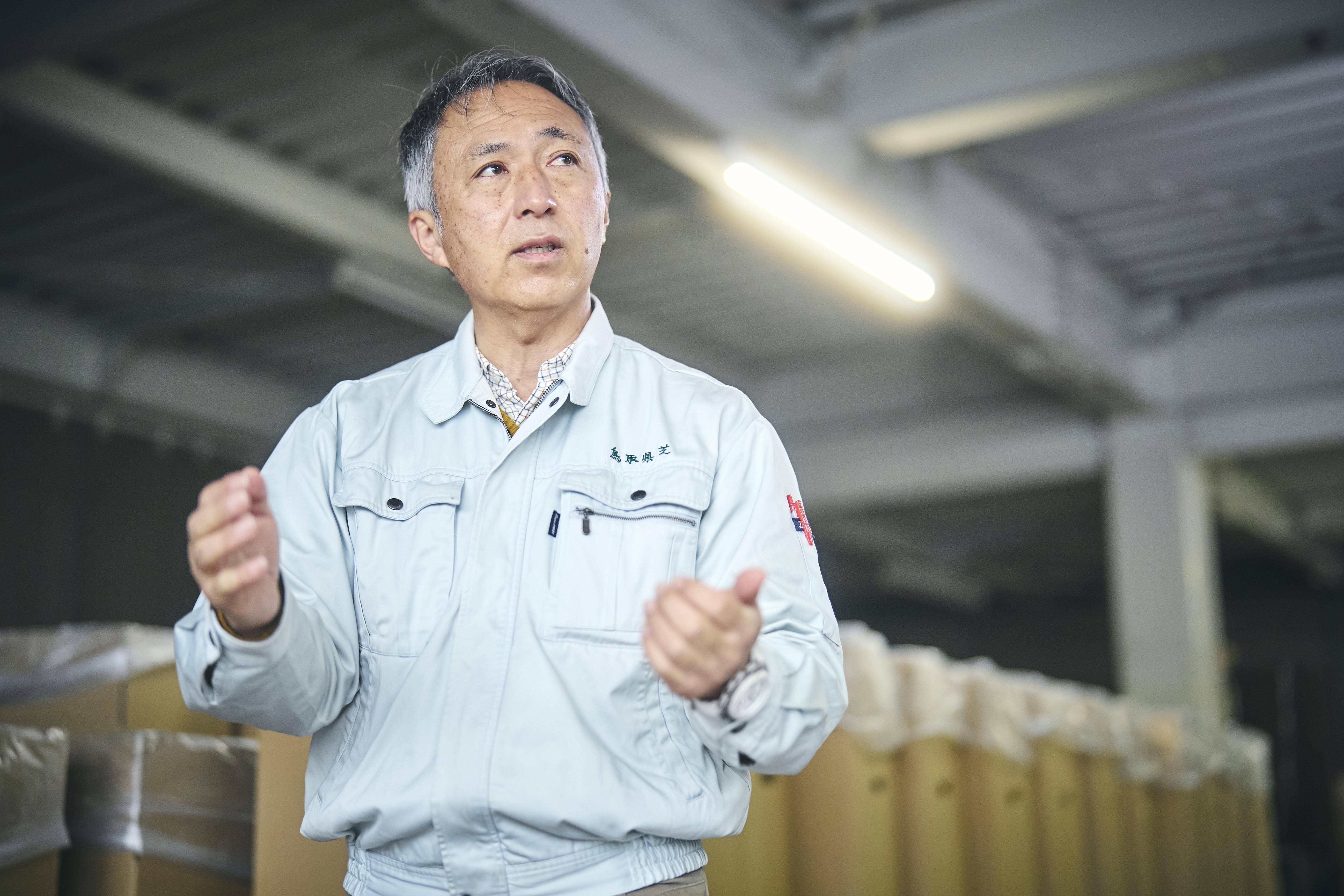
At two to three times the price of conventional Zoysia grass, initially, we had a hard time getting customers interested.
Once they purchase it, however, people come to understand the benefits of easier maintenance and long-term cost performance, and our sales volumes gradually rose.
With distribution now expanded, producer Daisaku Ametani describes how things have changed.
Daisaku Ametani, Lawn Producer
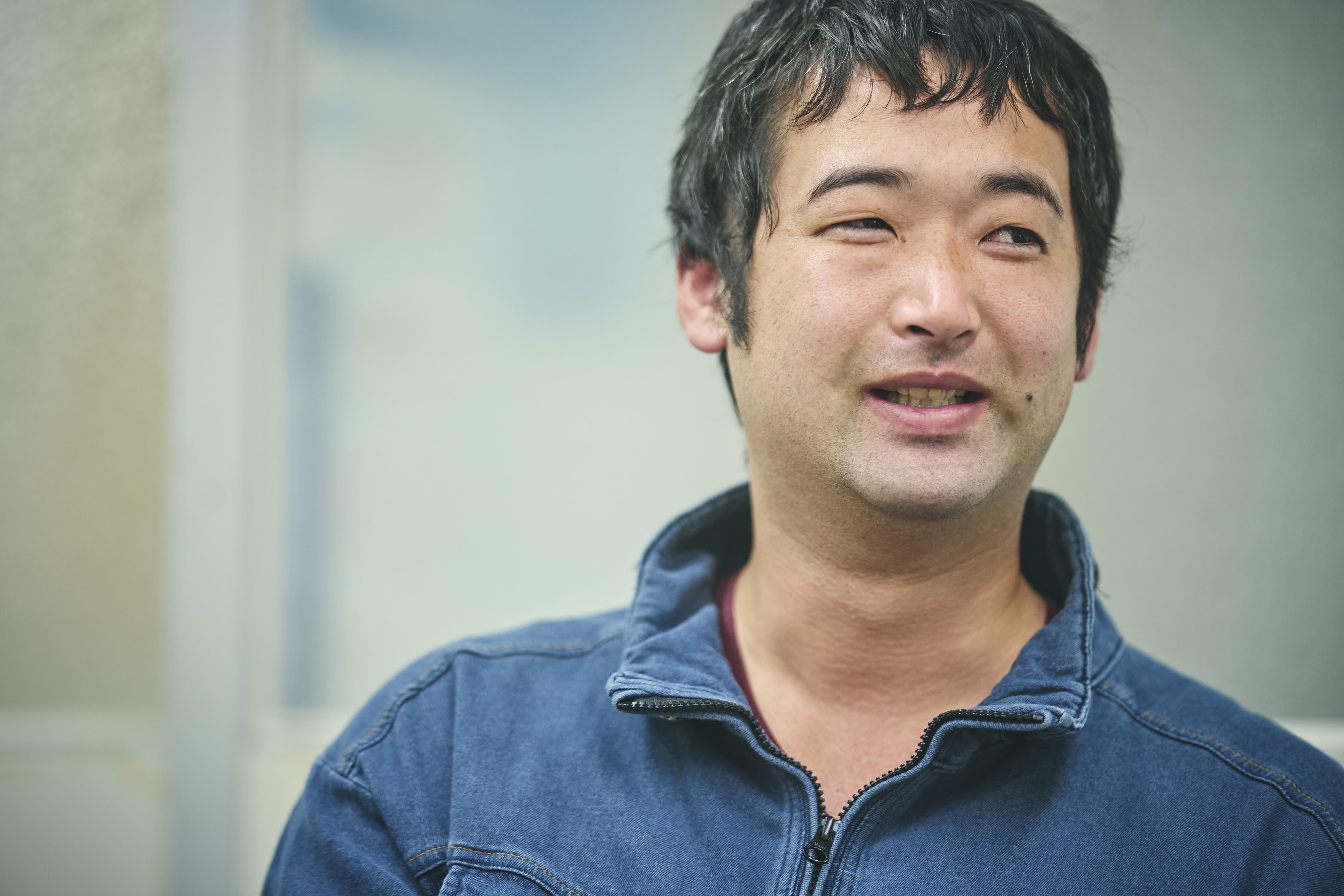
The growing work is about half that for conventional turf. It’s super easy. You also get considerably fewer clippings. Above all, the higher sales price means the amount you earn from the same acreage is completely different.
“Midsummer is tough, back-breaking work. I’m grateful we’ve come up with a system that makes it worthwhile for producers,” says fellow farmer Yuki Takami with a smile.
The Tottori Lawn Product Association is also a TM9 distributor. This arrangement generates profits for both producers and retailers.
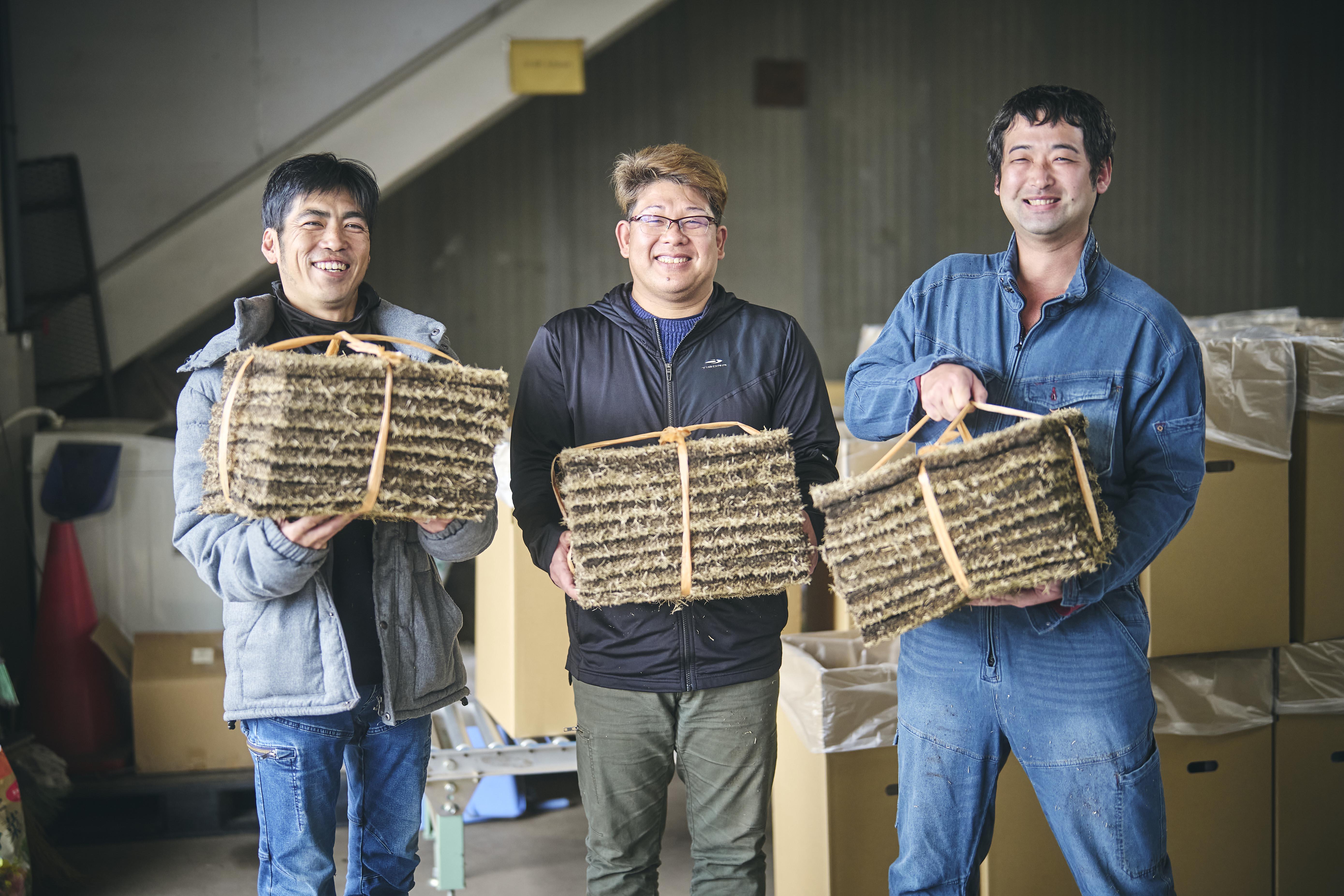
In addition to the Tottori association, TM9 is currently being produced by seven corporations in Kagoshima, Ibaraki, and Saitama. All are carefully vetted producers capable of ensuring high quality.
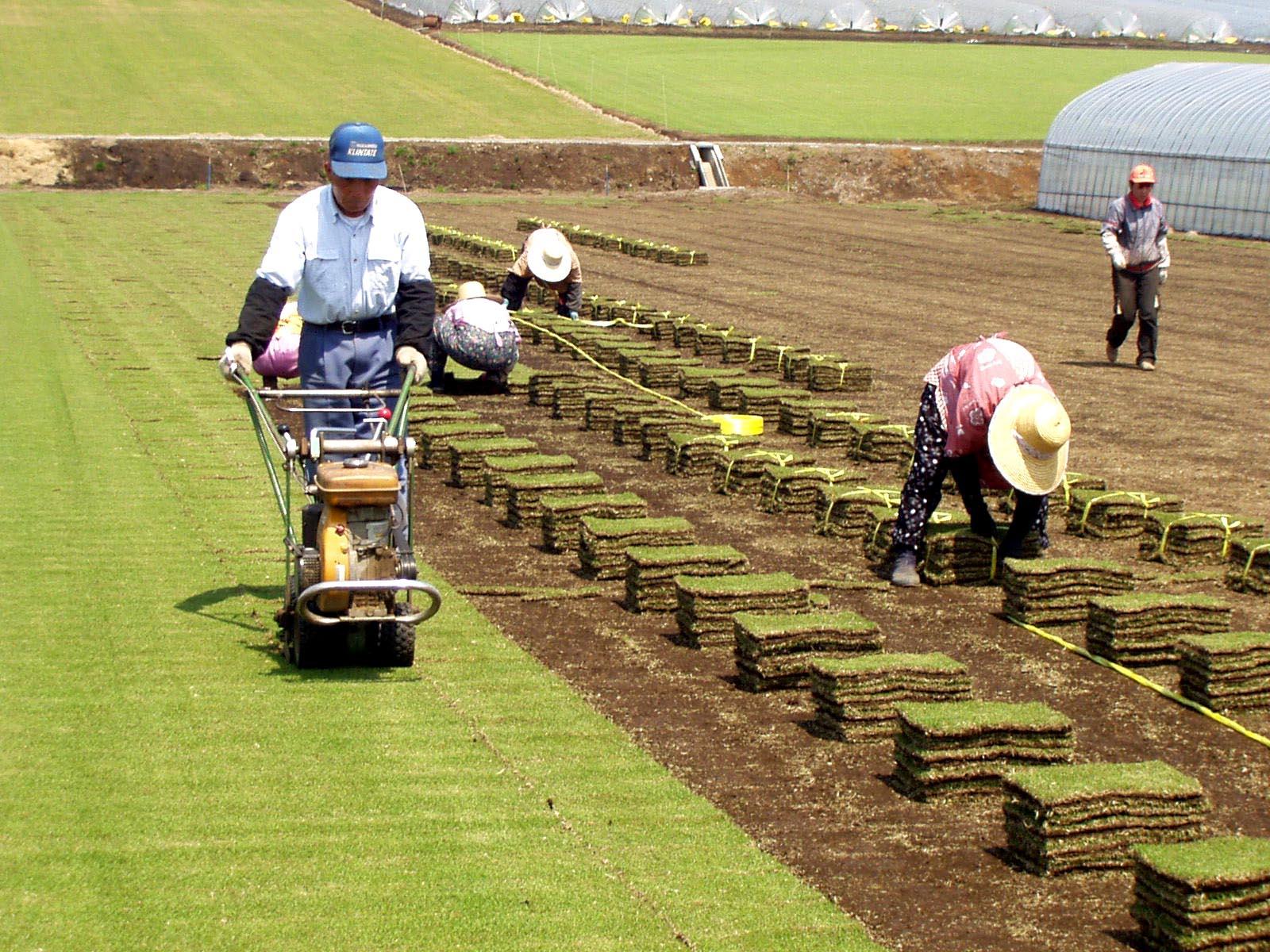
The wide-ranging clientele that has opted for TM9 includes prestigious golf courses. The amount of turf sold could cover the Tokyo Dome around one hundred times over.
Matsui
By continuing to make steady improvements and offering low-maintenance, environmentally-friendly turf, we hope to expand green areas and, in our small way, contribute toward carbon neutrality.
The Agriculture & Biotechnology Business Department’s role is set to become ever more important.

